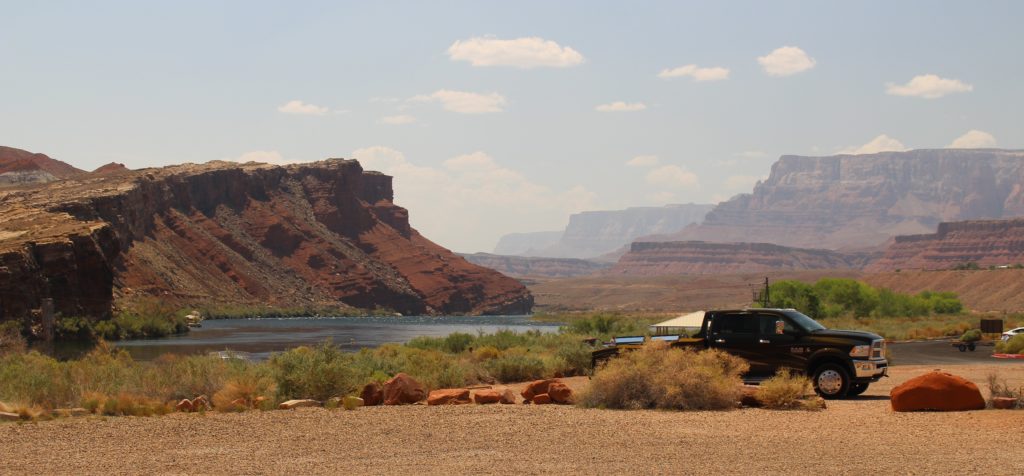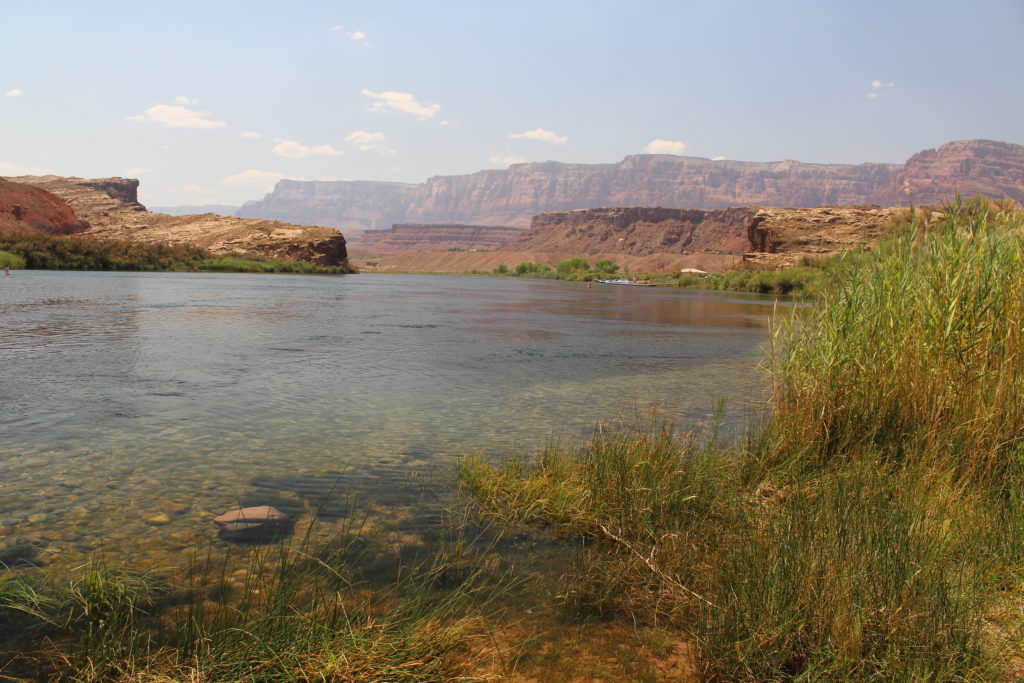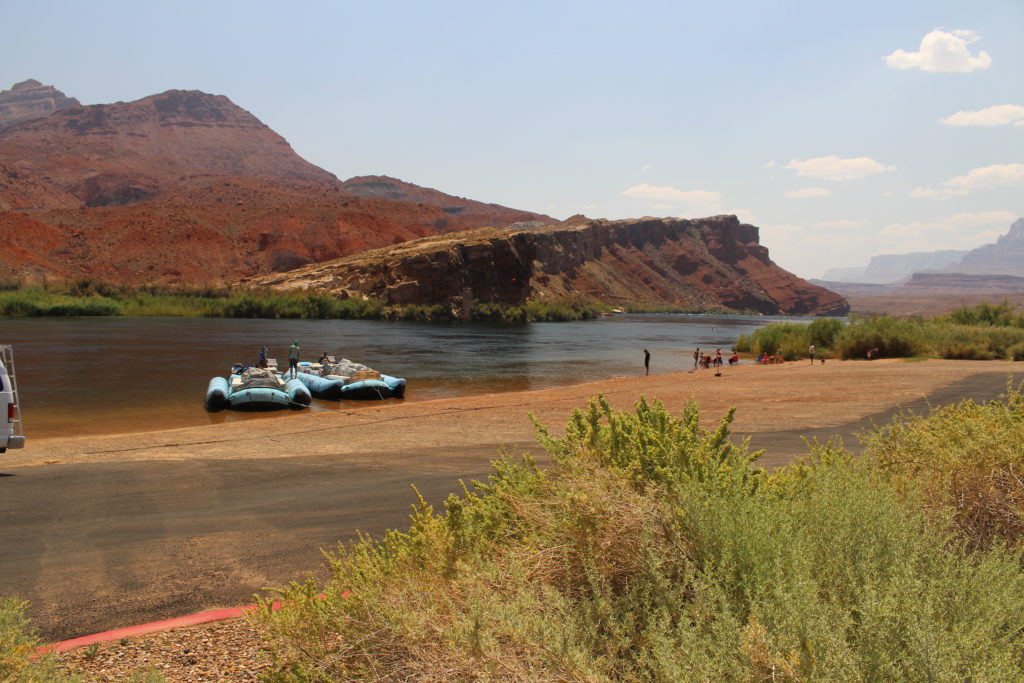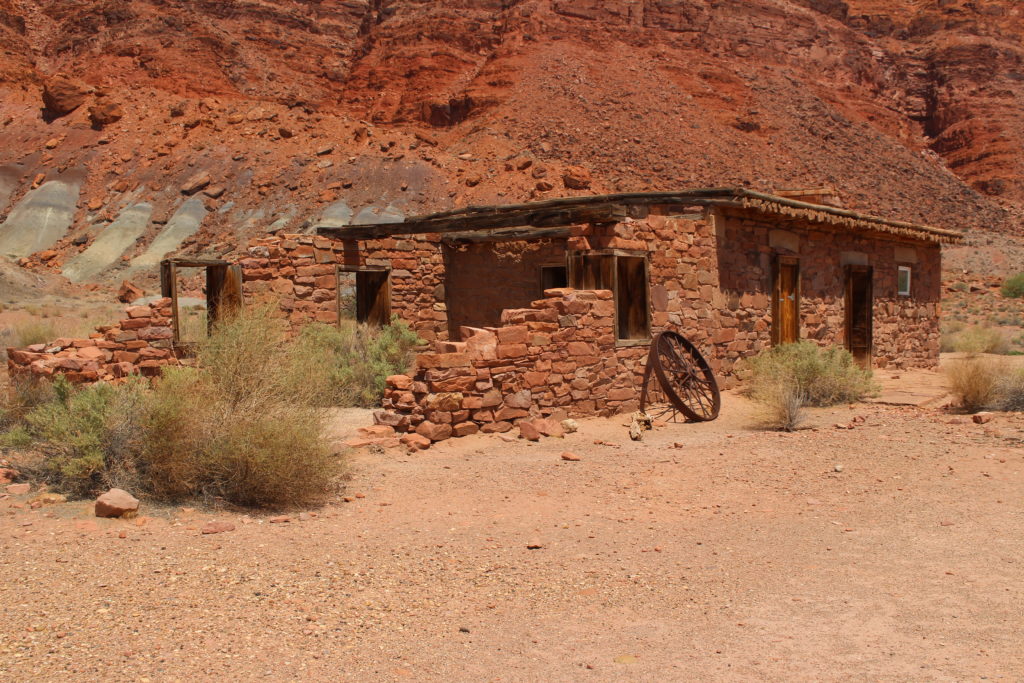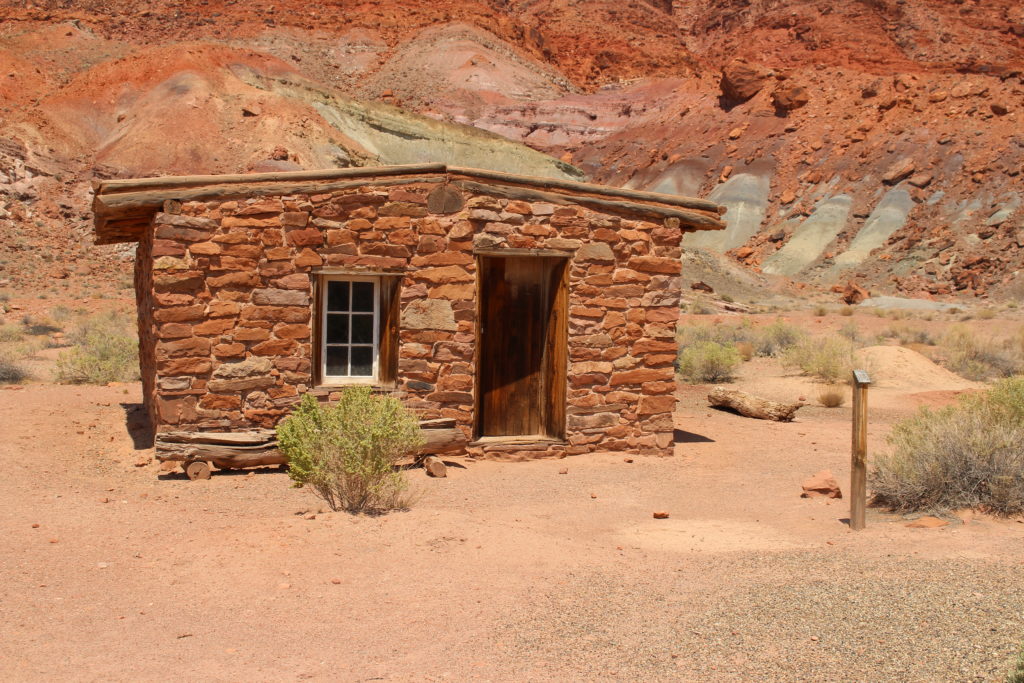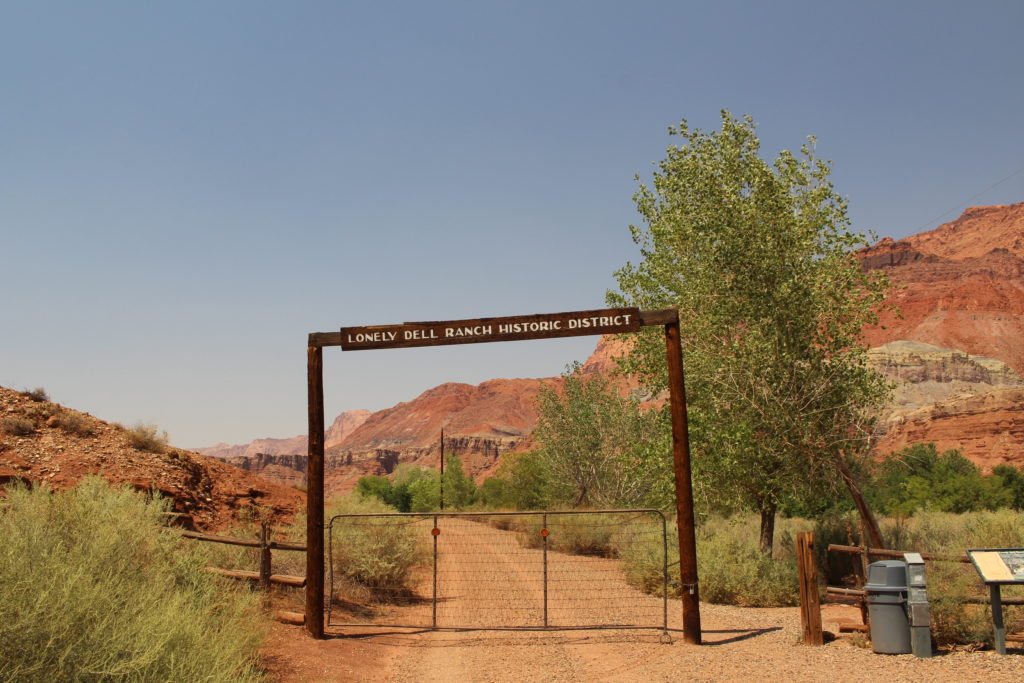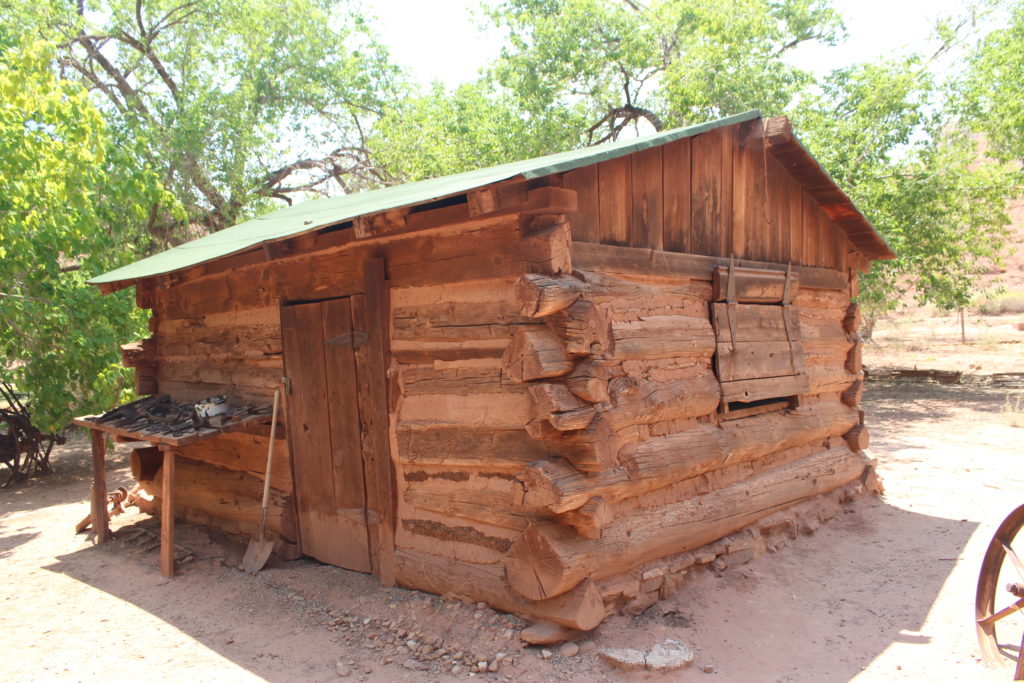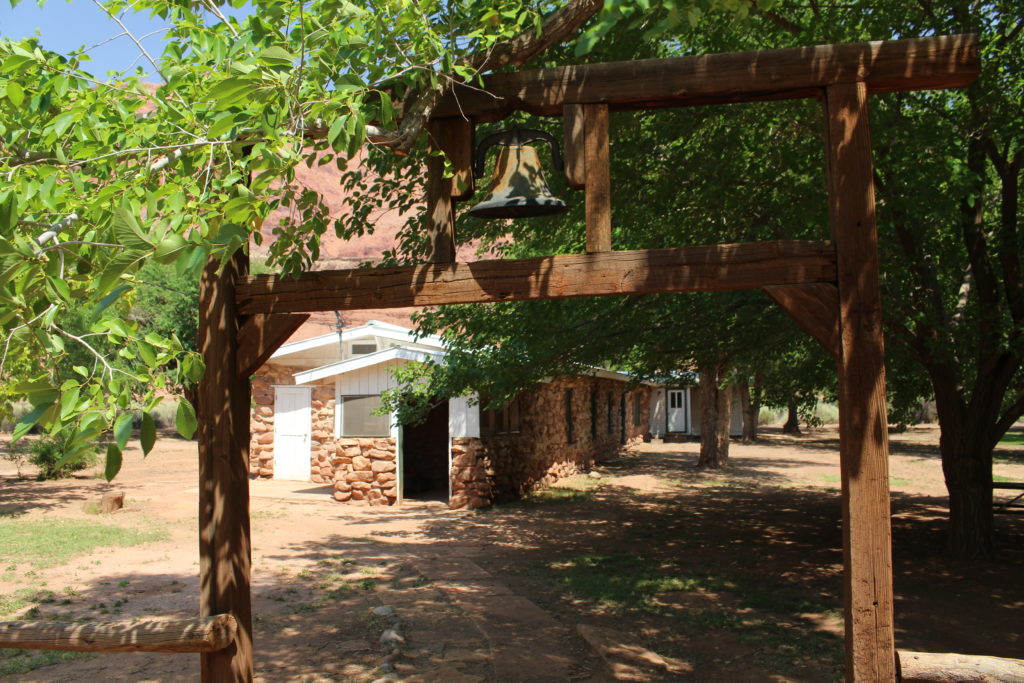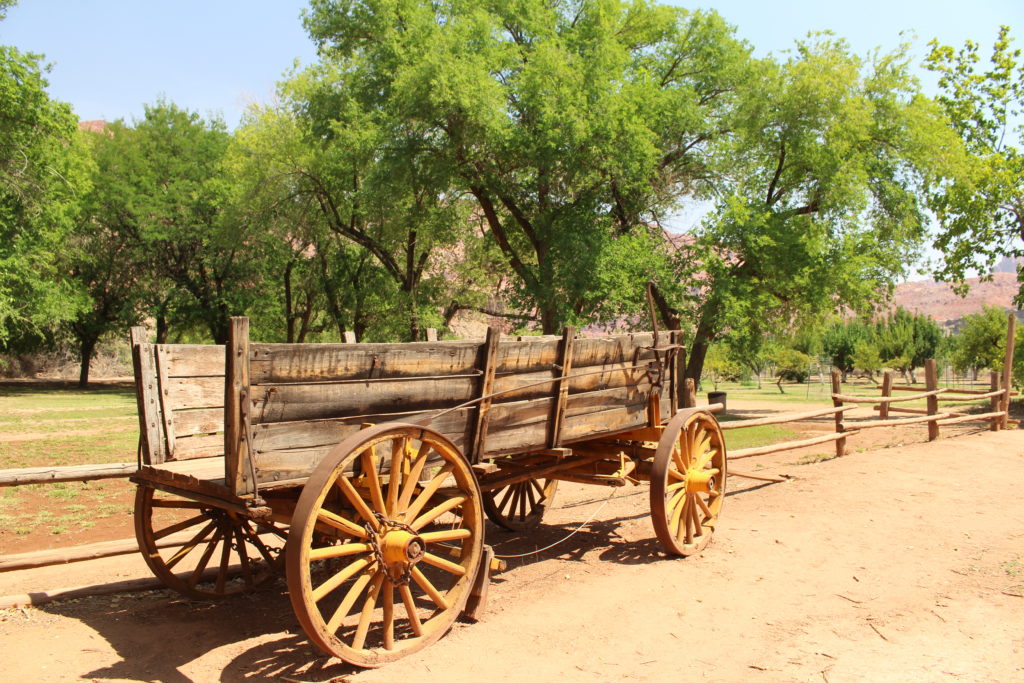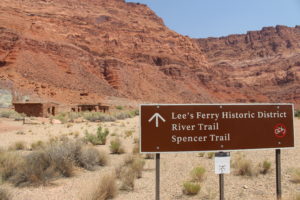 Early explorers to northern Arizona had a problem. In order to get anywhere, they had to cross the Colorado River. The indigenous people in the area – Paiute, Hopi, and Navajo – showed them the one place within 700 miles you could safely cross the river. When the Latter Day Saints “settled” the area, the crossing came to be known as Lees Ferry. It is stop #9 on the Marble Canyon Loop.
Early explorers to northern Arizona had a problem. In order to get anywhere, they had to cross the Colorado River. The indigenous people in the area – Paiute, Hopi, and Navajo – showed them the one place within 700 miles you could safely cross the river. When the Latter Day Saints “settled” the area, the crossing came to be known as Lees Ferry. It is stop #9 on the Marble Canyon Loop.
Lees Ferry is named after John D Lee, a Latter Day Saint who came to the crossing in 1870 with two of his wives and their children. He built a ferry to aid in Mormon settlement of the area. One reason Lee was given this task was to hide him from US officials. Lee was the leader of the Mormon militia that massacred the people at Mountain Meadows. Although the Latter Day Saints Church turned a blind eye to the massacre, blaming it on the Paiute, the US government was looking for the LDS men who orchestrated it.
Because Lee was a wanted man, he was not at the ferry much once it was built. Instead, his wife Emma operated the ferry and built a farm she called “Lonely Dell” to supply the family’s needs. Lee was captured and executed in 1877.
Today you can see remains of the historic buildings at Lees Ferry and Lonely Dell. Because it is part of Glen Canyon National Recreation Area, you will occasionally find a ranger at Lonely Dell. Lees Ferry is the beginning point of rafting trips into the Grand Canyon. So most of the visitors to the area are just there to get in the boats.
Despite a temperature of 113, Tom and I walked around the historic ferry site as well as walking back to Lonely Dell homestead. The walk / hike was a new personal record temperature for me. But it was worth it to see this remote place basically founded and run by a woman.
Lees Ferry is the only place within the canyon where visitors can drive to the Colorado River. A campground just above the river is lovely and isolated. There are lots of hikes available in the area.

